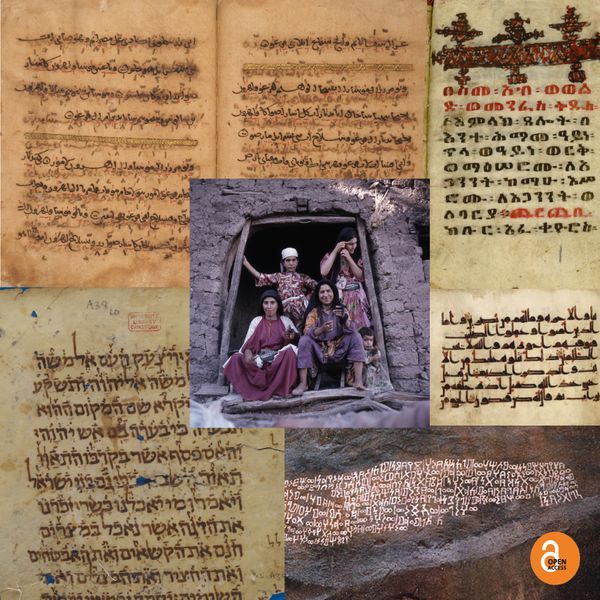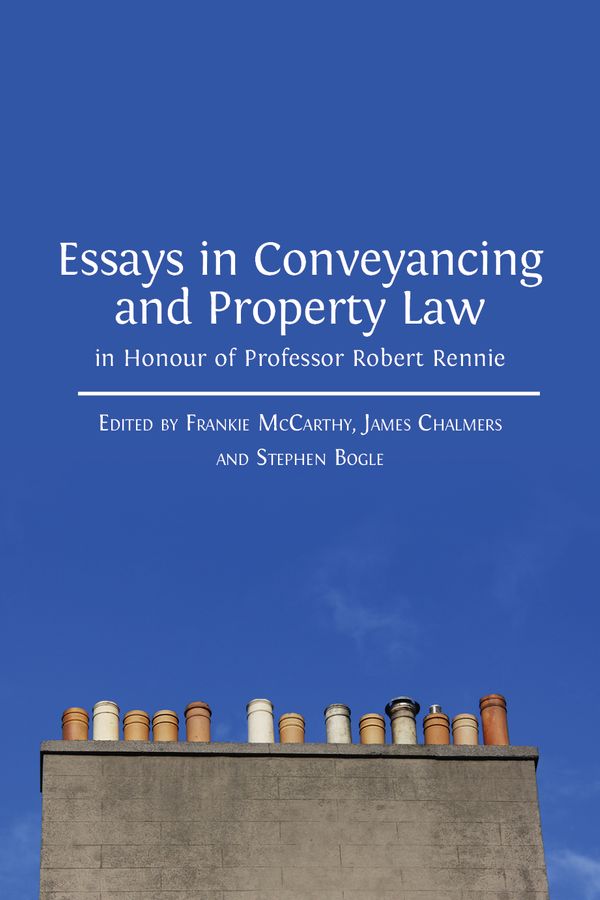The Classic Short Story, 1870-1925: Theory of a Genre
By Florence Goyet
In the Anglophone world, two major works gave birth and shape to a revival of short story criticism in the late 1960s and 1970s. Mary Rohrberger’s book on Nathaniel Hawthorne defined the short story as an epiphany, revealing to the reader that “there is more to the world than which can be discovered through the senses”.[1] Ten years later, Charles E. May put together a collection of essays that made him a powerful advocate of a genre that he described as “mythic and spiritual […] intuitive and lyrical”.[2] In these works, critics of the contemporary story found a description of what they saw and appreciated in late twentieth century stories. The scholars had what seemed to be a complete view of the form: stretching back from Frederick Barthelme and Alice Munro to Virginia Woolf, James Joyce, Sherwood Anderson and Anton Chekhov, and rooted in Hawthorne’s “invention” of the genre at the beginning of the nineteenth century.
This apparently comprehensive view of the genre, however, left a crucial missing link: critics tend to ignore the end of nineteenth century, despite the fact that this period has a strong claim as a major stage — if not the major stage — of the form. There is of course nothing ground-breaking in such an assertion: it is well documented that the short story was enormously popular at this time, and that innumerable periodicals were publishing countless stories. It was also the time when more masters of the form were active than perhaps at any other time: Chekhov, Guy de Maupassant, Luigi Pirandello, Henry James, Mori Ōgai and Akutagawa Ryūnosuke, to name just a few. The particular form of the genre has also been recognised. In 1985, Clare Hanson reminded us with force that not only was the short story of that time important, but also that it had initiated a whole tradition in itself: the “short story”, as opposed to “short fiction”.[3]
Yet compared to the wealth and importance of these stories in their time, critical appraisals of this form have been very few. The classic short story tradition is often dismissed, in one word, as pertaining only to the “naturalistic” story — or as being, in Rohrberger’s words, only “simple narrative”.[4] Only a few writers have had their stories studied in any detail, while the short stories of Naturalists like Émile Zola, Gerhart Hauptmann and Giovanni Verga — so influential across Europe — have been largely ignored, as have Leonid Andreyev, Nikolai Leskov and Mikhail Saltykov-Shchedrin. Even Pirandello and Maupassant’s short stories have been paid only cursory glances. And even for the authors that are the focus of short story studies, only a handful of their stories are analysed. To take Chekhov as an example, only a few of his stories, especially from the later period of his career, from Dama s sobachkoi (Lady with Lapdog, 1899) to Nevesta (The Bride, 1903, his last story), are widely cited, even though he wrote a hundred or so stories in his “major” period alone — these “epiphanic” stories have become the focus of analysis rather than his “classic” stories.
As a global study of the classic form was still missing, I undertook to concentrate on the short story at this time of its greatest efflorescence, across a number of different countries and languages, working with a corpus of more than a thousand stories. This research led me to see that this “classic” short story, albeit with infinitely various surface features, was built on a constant structure, had a characteristic relationship with its readers, and a generic outlook on its subject. This was nearly universal. It was not a question of giving a definition of the short story: many critics have stressed that this would not be very interesting, even if it were possible. It was a question of describing the tools of brevity in this particular form, and the relationship between the reader, the author, and the spectacle that one puts before the other. This survey showed that Chekhov and James, even in their greatest stories, used the same tools as Maupassant or Verga. Chekhov’s Lady with Lapdog is making a particularly powerful use of the antithetic structure common to classic short stories; James’s The Figure in the Carpet is particularly representative of the paroxystic representation of short story characters.
To test my hypothesis, and disengage the in-depth characteristics of this form, the first requirement seemed to me to survey in detail an international selection of the “greatest” short story authors. I chose to look at the entire body of stories of five major authors, one in each of the languages with which I was familiar (French, Russian, Italian, English and Japanese): Maupassant, Chekhov, Verga, James and Akutagawa. Maupassant was an obvious choice as he has largely been figured by critics as the master of the “classic” short story, as well as Chekhov, who is seen to embody “short fiction” (or the “modern” short story as I call it).[5] Verga was also an obvious choice, because he is such a popular author in his home country and because, unlike many classic short story writers, his work has been analysed by great critics from Luigi Russo to Leo Spitzer and the progressive Marxists. James was not only central to the discussion of the form by Anglophone critics, but also made what is maybe the most exquisite use of the form. In Japan, Mori Ōgai was my first choice, since he was one of the greatest authors of the time; but instead I decided to focus on Akutagawa because, like Maupassant and Chekhov, he wrote both “classic” stories and “short fiction”.[6]
The second step was to place these great authors in the context of their time: to read Maupassant along with Alphonse Daudet, and James along with Rudyard Kipling. More importantly, I decided to read them in the same place as the audience of the time: in the newspapers and the intellectual journals of the late nineteenth and early twentieth centuries. This was more fruitful than I could have imagined. First, it allowed me to see these stories in the vicinity of the other genres of the newspapers (chronicles, reports, anecdotes, etc), with which they have interesting resemblances and differences. Secondly, it explained what is maybe the essential feature of the “classic” short story: its exoticism. Most of these stories deal with characters that are in some ways removed from the reader (either by place, time, race or class).
“Modern” short stories that follow less generic conventions may very well be more satisfying for twenty-first-century readers than the classic form. Throughout this book, I do not shy away from acknowledging the classic short story’s limitations: these stories can be extraordinarily powerful, but the form is also somewhat stifling. However, the very fact that the greatest authors of the time abundantly and continuously produced classic short stories should draw our attention to the possibilities of the form. They did great things with potentially restrictive structural “laws”. In doing so, they were part of a democratisation of literature: this was a form that could be read, like the serial, by a large number of readers — but which could also give quick, swift pleasure to readers accustomed to more demanding writing.
The authors that I focus on in this book participated in the Naturalist period’s criticism of what they perceived to be the backward state of their countries. Verga and Chekhov published throughout their lives in intellectual journals (tolstye zhurnaly or “thick journals” as they were called in Russia) where their stories were side-by-side with austere articles about science and statistics, and their possible application to ease the nation’s poverty. Maupassant and the French Naturalists, from Paul Alexis to Zola, published in newspapers that sometimes bore the very title of Le Progrès (The Progress), and the transformation of the nation was paramount in their minds. The short story gave them a powerful tool for denunciation of a state of society they felt was unbearable.
Yet paradoxically these stories often played the role of reinforcing the social — and sometimes racial — prejudices of the reader. It was precisely this drawback that led to the form’s deconstruction in the twentieth century. The greatness of the authors studied in this book lies in their having become sensible to this stifling effect of the classic form, and having opened new avenues to the genre. Maupassant, for example, experimented with the form in his tales of madness and Chekhov wrote stories based on a dilemma, thus putting into question the very idea of a stable, affirmative self and the superiority of one “voice” over the others. But this should not lead us to forget that this was only one part of their work, and that they also led long and admirable careers as “classic” short story writers.
The Classic Short Story, 1870-1925: Theory of a Genre (2014) by Florence Goyet is freely available to read and download.
[1] Mary Rohrberger, Hawthorne and the Modern Short Story: A Study in Genre (The Hague: Mouton, 1966), p. 11.
[2] Charles E. May (ed.), Short Story Theories (Athens, OH: Ohio University Press, 1976). The quote is from Charles E. May, “The Nature of Knowledge in Short Fiction”, in The New Short Story Theories, ed. by Charles E. May (Athens, OH: Ohio University Press, 1994), pp. 131-43 (p. 133).
[3] Clare Hanson, Short Stories and Short Fictions, 1880-1980 (New York: St. Martin’s Press, 1985).
[4] Mary Rohrberger, “Origins, Development, Substance, and Design of the Short Story: How I Got Hooked on the Short Story and Where It Led Me”, in The Art of Brevity (2004), pp. 1-13 (p. 5).
[5] It is difficult in English to find a word to specify this type of short story without entering into the debate on “modernism/postmodernism”. What I mean by “modern” is a story that renounces the anecdote, and thus, the “classic” format. I discuss this in detail in the book’s epilogue.
[6] Akutagawa’s career began a little later than the others: his first texts date from 1914.



